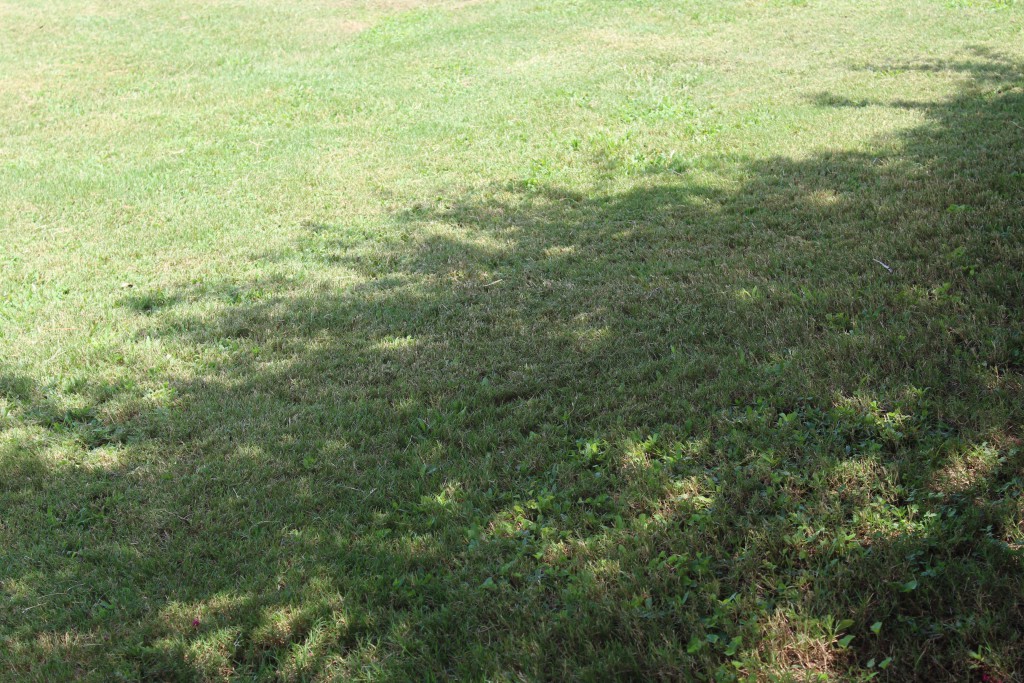
Monitor soil moisture for continued turf health, as October can be a dry month for Georgia. Ideally, 1” of water per week keeps turf hydrated. Make lime applications if necessary, according to soil test results, to adjust pH.
Cool-season turf – Important fall maintenance tasks include:
- New turf can be established.
- Fall fertilization will begin mid-month.
- Liming
- Core aeration
- Interseeding
- Preemergent applications for winter annual weed control (complete by mid-month) – no preemergence if seeding or sodding is planned
- Continue monitoring for disease in turf, as warm temperatures, rain, and high humidity can persist through the fall.
- Insect pests can still present problems for turf. Continue monitoring for armyworms, chinch bugs, and sod webworms.
Warm-season turf – The growing season is nearly done, but important care steps continue!
- No additional applications of nitrogen-containing fertilizer are necessary, as warm-season turf prepares for dormancy. Potassium (e.g. 0-0-20 or 0-0-60) applications can help abate winter stress and diseases.
- Preemergent applications for winter annual weed control (complete by mid-month)
- Continue monitoring for disease in turf, as warm temperatures, rain, and high humidity can persist through the fall.
- Insect pests can still present problems for turf. Continue monitoring for armyworms, chinch bugs, and sod webworms.
